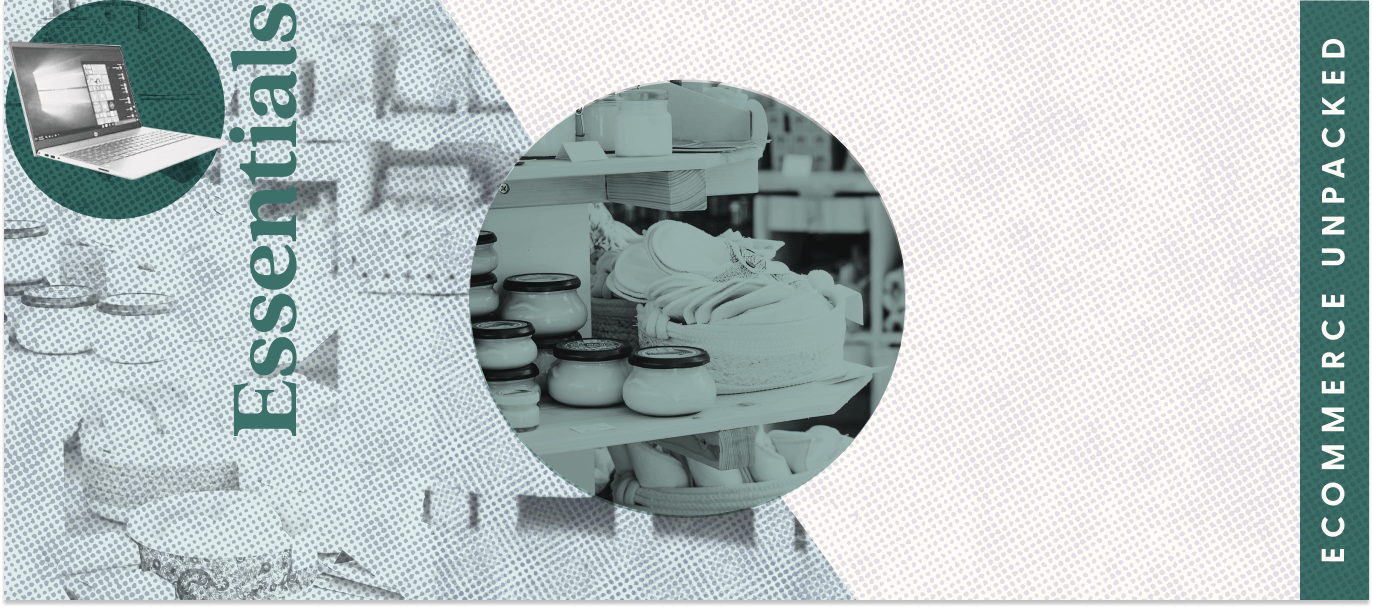The ability to make cashless purchases is integral to ecommerce, and today’s consumers expect that process to be quick, easy, and intuitive.
As an ecommerce business, the payment processor you choose could save you money, too. Online payments and bank transfers can come with fees, and some are cheaper than others. Some companies can help you handle customer disputes and chargebacks, which can be both costly and time-consuming.
We’ve assembled a guide to help you consider your options and get started.
Key takeaways
- Providing a smooth checkout process is vital for keeping customers from abandoning their carts and turning them into repeat buyers.
- Factors to consider when choosing an ecommerce payment processor include its fee structure, what payment types it accepts, and how it keeps customer data secure.
What is ecommerce payment processing?
Ecommerce payment processing involves taking payments from online shoppers during checkout. The merchant’s financial institution collects the funds from these online transactions and transfers them to the merchant, who then pays the associated fees.
How will your customers pay? Types of payment methods include:
- Credit cards
- Debit cards
- Smart cards, which are embedded with microprocessors containing customer information
- E-wallets, which are prepaid accounts storing multiple payment types
- Netbanking, which involves paying for purchases directly from a bank
- Mobile payments, which involve using a phone or other mobile device to pay
The right payment processing solution will accept the payment types your customers prefer while keeping data secure and getting you money quickly with few fees.
How is ecommerce payment processing different from traditional payment processing?
Ecommerce payment processors differ from traditional payment processing in several ways.
First, most ecommerce payment processors collect and process payments much more quickly. You won’t have to send out an invoice or wait for a check to clear, making it easier to keep your finances in order.
Next, ecommerce payments are often processed automatically, meaning they can be completed without human interaction. This can make the process more efficient, again allowing for faster payment turnaround times.
Finally, ecommerce payment processors have access to vast amounts of customer data, which can help merchants make better decisions about future marketing and loyalty programs.
How does ecommerce payment processing work?
Ecommerce payment processing is a complex process that can vary from business to business. Multiple parties are involved, and they must all work together to ensure a successful transaction for both an online store and the customer.
Shopping cart checkout usually kicks off the process, as this is the point where customers choose their payment method and complete their purchase. The payment system processes the transaction and posts the transaction to the customer’s bank. Then, the customer’s bank sends information about the transaction to the payment processor, who makes a record of the sale.
IMAGE DIAGRAM?
Here are the important aspects of payment processing:
Merchant account
Without a merchant account, you can’t get electronic payments to your small business. When a customer buys something from you, the funds are transferred to your merchant account (typically in a day or two).
Merchant service provider
To get a merchant account, you’ll need to connect with a merchant service provider who offers hardware and software to allow customers to make payments. A company like this could provide you with point-of-sale (POS) card readers, online payment terminals, and more.
Payment gateway
A gateway connects your website or online store to your merchant service provider. It’s an electronic platform that facilitates data transfer and allows funds to move where they need to go.
Payment processor
A payment processor is a company that actually processes the transaction. Companies like Visa, MasterCard, and American Express are payment processors in this situation.
Why is payment tokenization important?
Payment tokenization involves storing customer payment information for later purchases and securing that data via a randomly generated code. Customers get the convenience they want for repeat business—which is critical in ecommerce—while the code makes the data harder for criminals to steal.
Digital crime is on the rise, and fraud risk can pose a major threat to ecommerce businesses.

Tokenization is one way to protect customer data. It works like this:
- Your customer makes a purchase and provides payment details through your POS system.
- Your POS system generates a token and sends it to the payment processor.
- The payment processor authorizes the payment and confirms it.
At no point is your customer’s real data shared across the open web. The token keeps things safe and secure.
Payment processing elements to consider when choosing an ecommerce platform
Your ecommerce platform and the way it’s equipped to handle payment processing can make or break your business. Choose the wrong service provider, and your customers may struggle to complete their purchases while you pay too much in fees.
These are a few items to consider:
Reasonable pricing
Most companies assess your location, number of transactions, and potential revenue when determining how much you should pay. Fees can vary wildly from company to company, so it’s wise to comparison shop and look for the best deals.
Customer payment options
People can visit your ecommerce website from all around the world, and they may have diverse payment preferences. Some companies accept a wide variety of payment types, including international credit cards. Others limit their choices to keep fees low.
Security
When your customers prepare to enter their credit card information, they should be on a page protected with SSL (secure socket link) technology. Encryption ensures that sensitive information doesn’t move from your shop into the hands of hackers and thieves.
Optimize payment processing to help your ecommerce business grow
Providing a seamless, secure, and fast payment processing experience can provide a better experience to your customers. It can help you earn your customers’ trust and loyalty, which can increase customer retention.
FAQs on payment processing for ecommerce merchants
What is the ecommerce transaction flow?
A typical ecommerce transaction involves these steps:
- A customer places an order.
- Your payment processing platform processes the payment, moving funds from the customer’s account to yours through a payment gateway.
- Both parties are notified of a successful transaction.
What are the advantages of using a payment gateway?
A payment gateway allows you to offer your clients an easy checkout process. If they’re using credit cards with pay-later options, they may be even more likely to make impulse purchases and spend more at your store.
What is the difference between a non-hosted and hosted payment gateway?
In a hosted payment gateway process, your customers leave your platform to complete their purchases and enter their details. Companies like PayPal use this model.
In a non-hosted payment gateway process, your customers stay on your site, tapping information directly into your store’s page. Stripe works like this.
Sources
[1] More Americans Are Joining the 'Cashless' Economy. (October 2022). (Pew Research Center. )
[2] All About Selling. (June 2021). (Amazon. )
[3] The Evolution of Ecommerce. ( Visa. )
[4] Consumer Sentinel Network. (January 2020). ( Federal Trade Commission. )



